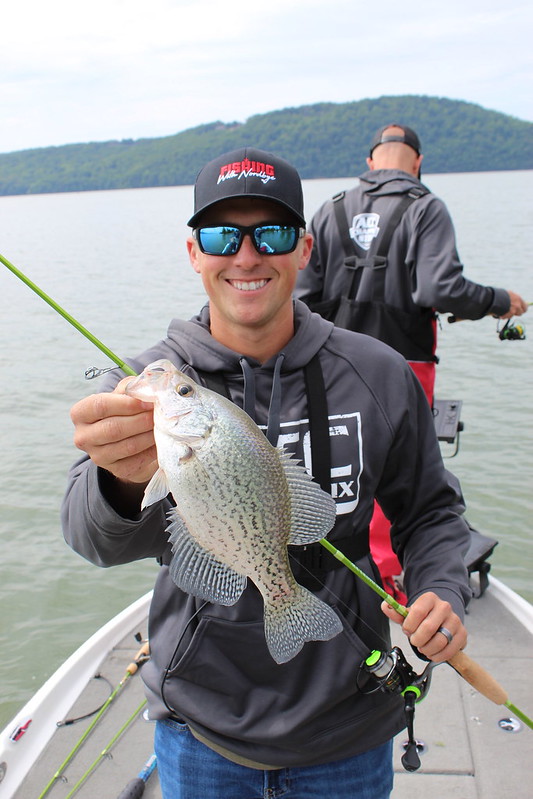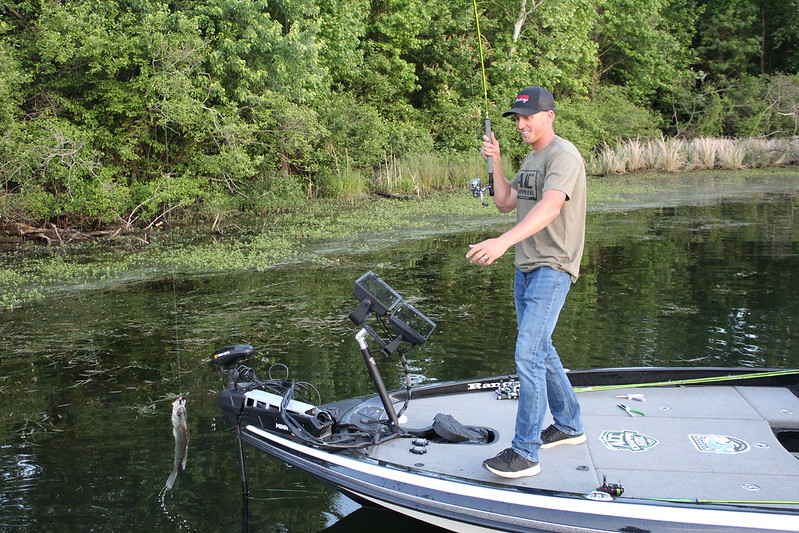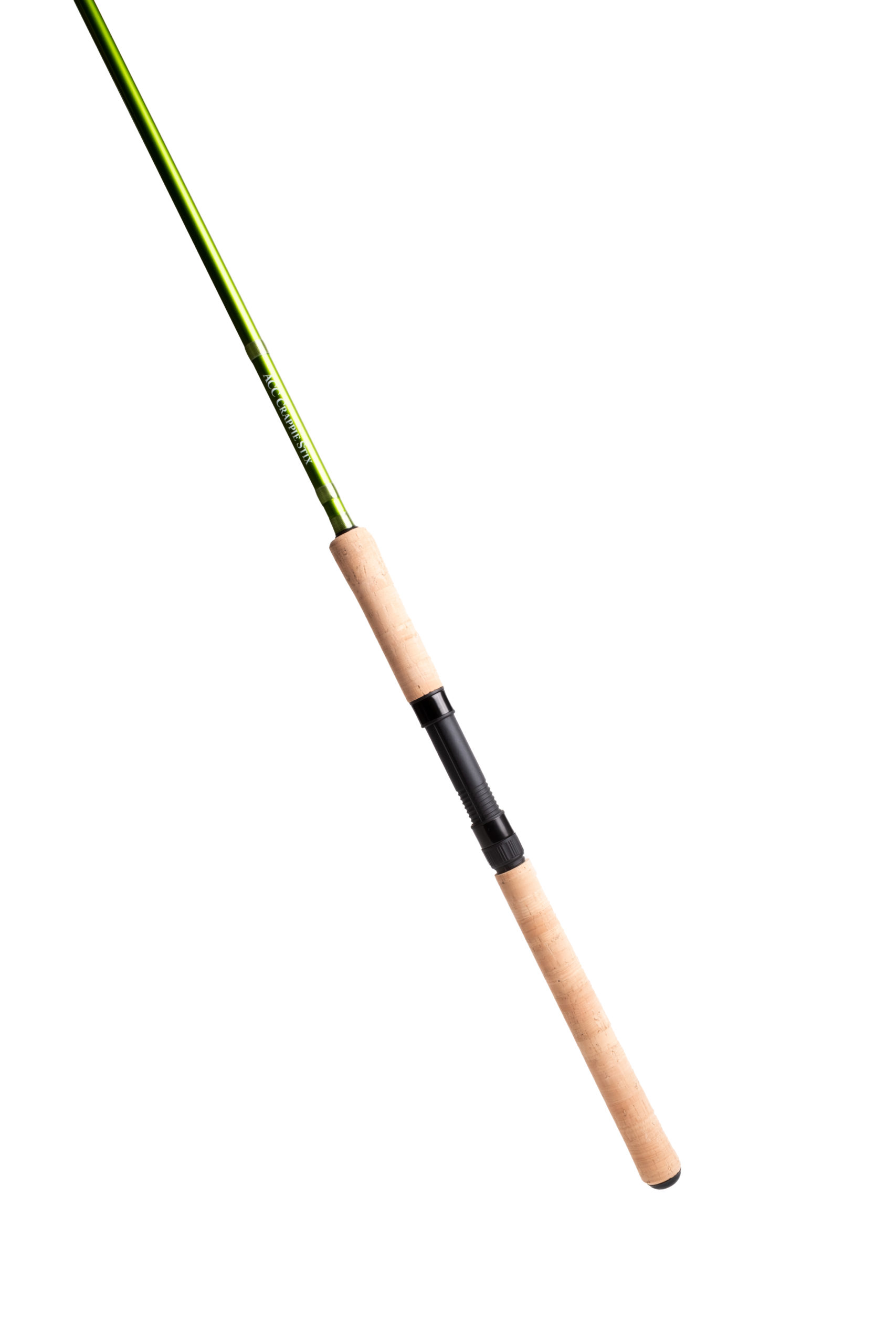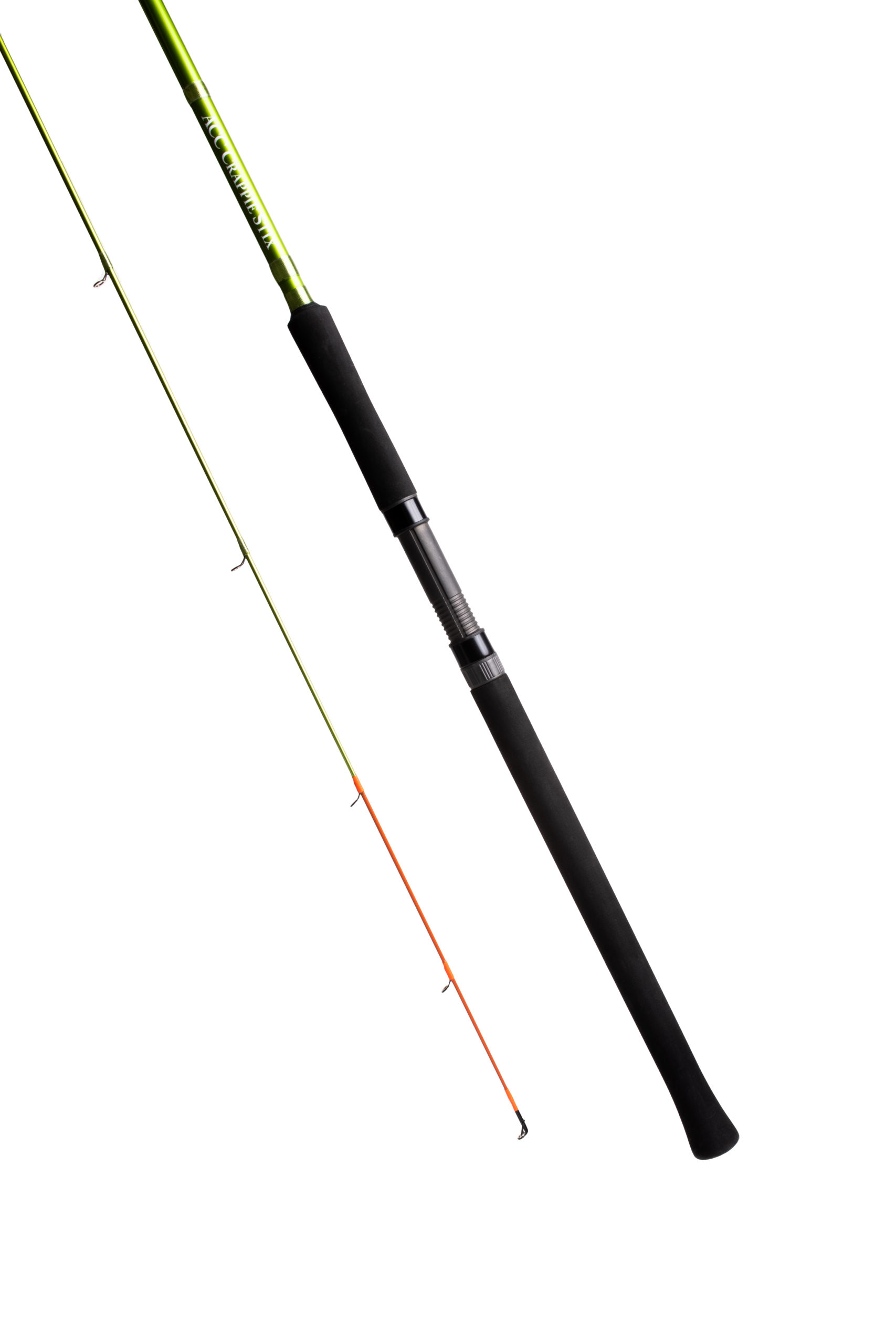5 Things to Know about Lake Guntersville Crappie Fishing

By Greg McCain
Lake Guntersville’s reputation extends far beyond the 69,000 surface acres that it covers.
Traditionally known as a bucket list bass fishing destination, Guntersville has emerged as a regular stop on crappie fishing circuits in recent years because of the tremendous population of slabs that inhabit the lake. While the Big G will likely never shed its bass-lake label, the idea that Guntersville might be an equally good crappie lake is plausible.
Locals don’t really want everyone to know about Guntersville crappie. They’ve quietly caught their limits and guarded the secret for years. Some time ago, various trails occasionally stopped for day-long tournaments, but those numbers dwindled away for whatever reason. In more recent years, organizations like the American Crappie Trail have brought attention to Guntersville as a premier crappie fishery.
The numbers truly reveal that Guntersville is a great crappie fishery. Facing brutal fishing conditions with morning temps in the teens, the winners of the 2021 ACT tournament needed almost a 2-lb. average to win. The big fish weighed a Grenada-like 3.53. When the ACT visited in 2019, the winning weight was over 31 lbs. for 14 fish.
Yes, Guntersville can be considered a crappie lake.
5 Things to Know about Guntersville:
- Guntersville is loaded with grass, a friend to fishes and a foe to fishermen. For people familiar with the lake, the statement that Guntersville is loaded with grass is something of an understatement, but the amount of aquatic vegetation can be overwhelming. Most southerners pursue crappie around wood structure, and that possibility exists in select places on Guntersville. In general, however, grass dominates the landscape on Guntersville, coming in a variety of forms. Some of it is rooted while at other times it simply floats. The latter type, mainly in the form of the eel grass that has exploded on the lake in the past 10 years, can be extremely frustrating to fishermen, especially when they are using moving baits. The floating eel grass can literally carpet an area. Fishermen can learn patience – removing grass after just about every cast is a thing most days on Guntersville – or move on. On the other hand, the grass can be a positive, especially for the fish. The abundant grasses on the lake provide a safe haven, a refuge from predators both those in the water and from those above. It’s one of the main reasons that Guntersville is one of the best multi-species lakes in the country.

- Trolling remains an option, even with the presence of the grass. Just arrive with the understanding that at least some eel grass will be floating every day of the year just about everywhere on the lake. Winter and early spring calls for spider rigging, frequently with a jig-and-minnow combination, on the deeper flats and creek channel edges. As the fish start to stage for the spawn in February, long lining comes into play with many fish moving to 8- to 12-foot depths. Various trolling techniques work through the pre-spawn, through the spawning period, and into the post-spawn. At some point in May, pulling crankbaits delivers plenty of slabs on deeper flats, around bigger creek channels, and over deeper humps. Pulling cranks is best in May and June with a definite slowdown once the water temps reach 85 and above.
- Night fishing is a good option. The lake features the classic spots for night fishing under lights, mainly the thousands of docks and piers, many of them which feature structure under and on the perimeter. Dozens of marinas exist and also feature good crappie fishing at night because of the abundance of lights around them. Crappie fishermen don’t always depend on lights to find their fish, however. A good friend catches plenty, paralleling deep rip-rap banks and grass edges with a lighted cork-and-minnow rig. That same friend occasionally guides on the lake during the day but says he catches twice as many crappie afterhours than in the daytime. His favorite fishing period for crappie is from midnight until just after dawn.
- Extending the night-fishing theme, some of the best crappie fishing of the year takes place in the dark during the winter. In fact, I experienced my best night of crappie fishing on Lake Guntersville on a cold, drizzly night shortly after New Year’s. The weather was decidedly cold, the fishing scorching hot. At one point during the night, we found fish jammed into an indention in a main-lake bluff wall that served as a current break. I’m not sure how many fish were stocked there, but we caught crappie for over an hour without moving the boat and finally left them biting. Another night-time possibility on Guntersville is fishing from the bank around the bridges. Actually both boaters and bank fishermen flock to the bridges, usually from late fall through spring, and many of them fish through the night. If you don’t think these night-time crappie addicts are serious, consider this anecdote: I watched one swap spools on his spinning reel, downsizing from 4-lb. to 2-lb. line because the fish were not biting to his liking. A final thought about night crappie fishing during the winter in Guntersville: Don’t expect a quiet, solitary, restful time on the water; it’s duck season and duck hunters are to winter nights what fishermen are to other times of the year.
- Do you like to catch black crappie or do you prefer the generally bigger white crappie? Guntersville has both. The specs or black crappie are some of the most gorgeous fish that swim. A 2-pounder is a good one anywhere, and Guntersville has a few that size. Among the white crappie population, 2-pounders are quite common, especially in the pre-spawn period of late fall through early spring. Bigger fish can be caught – plenty of 3-pounders exist on Guntersville, just about all white crappie.

These are just a few of the things to consider about Lake Guntersville crappie fishing. The lake is full of slabs. A visiting angler just has to know which one of the 69,000 acres is best.









